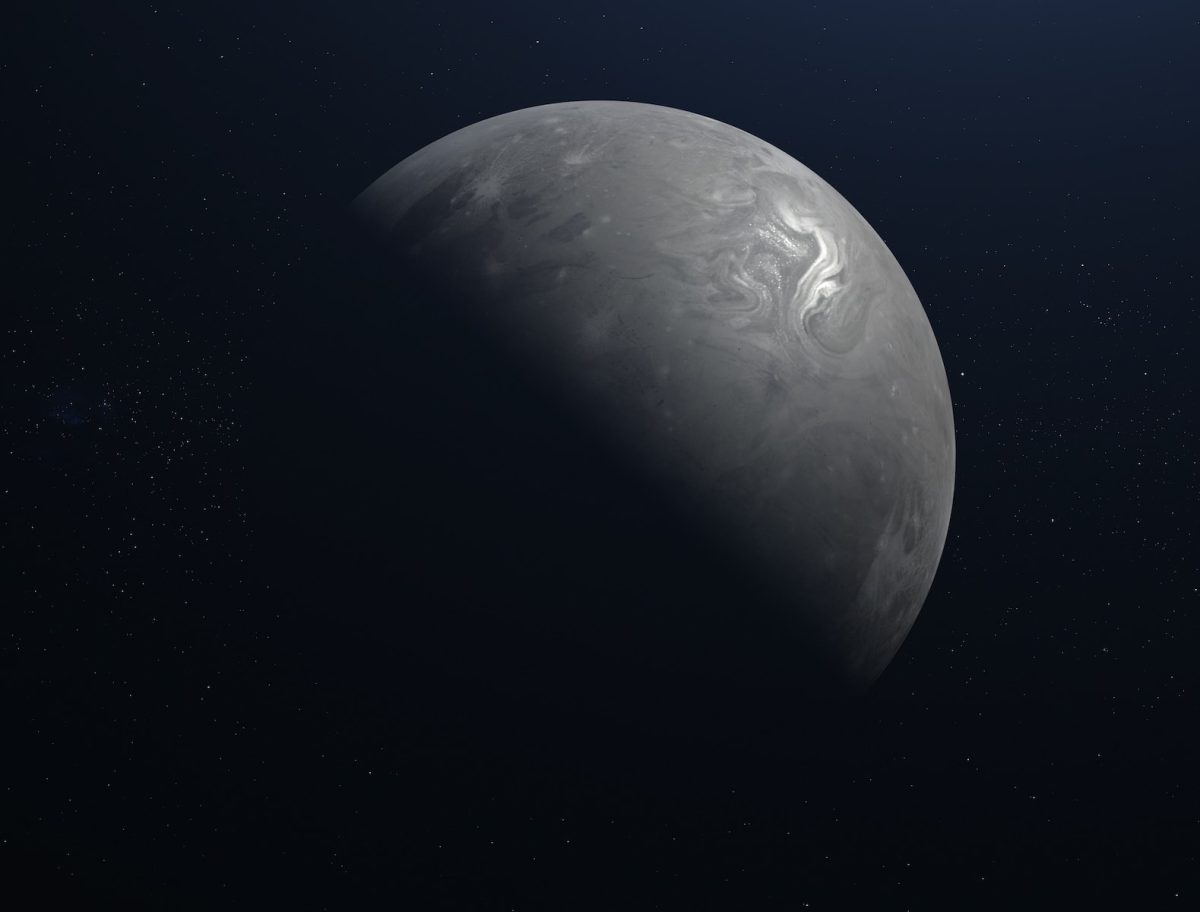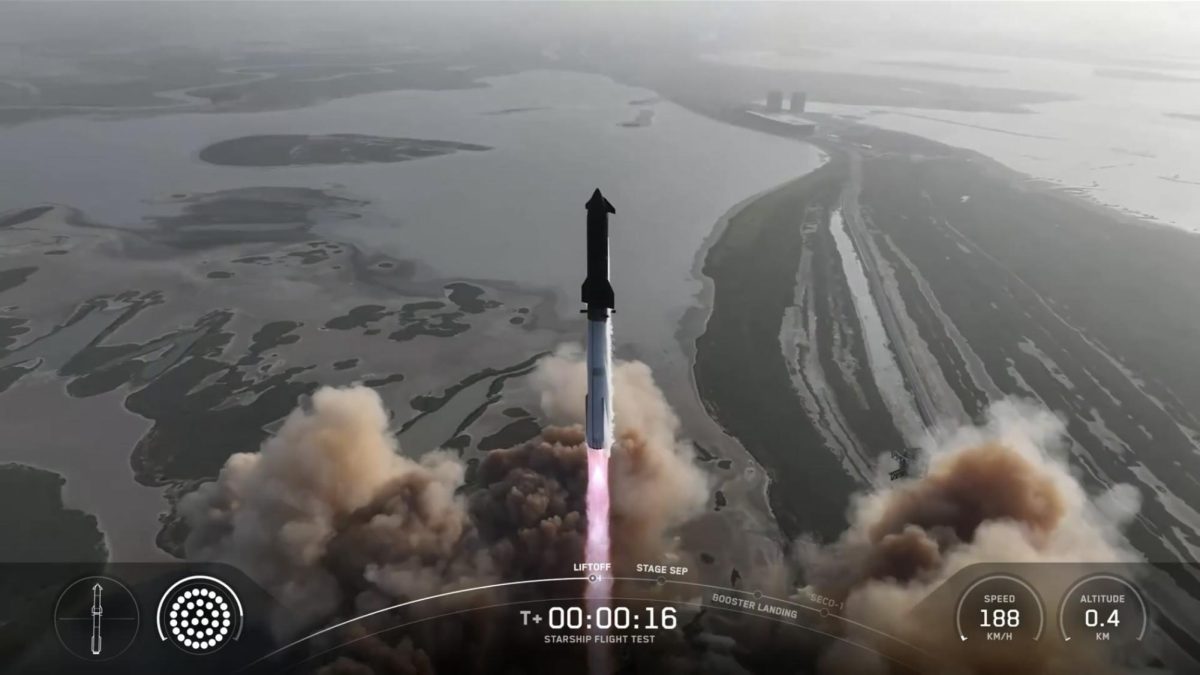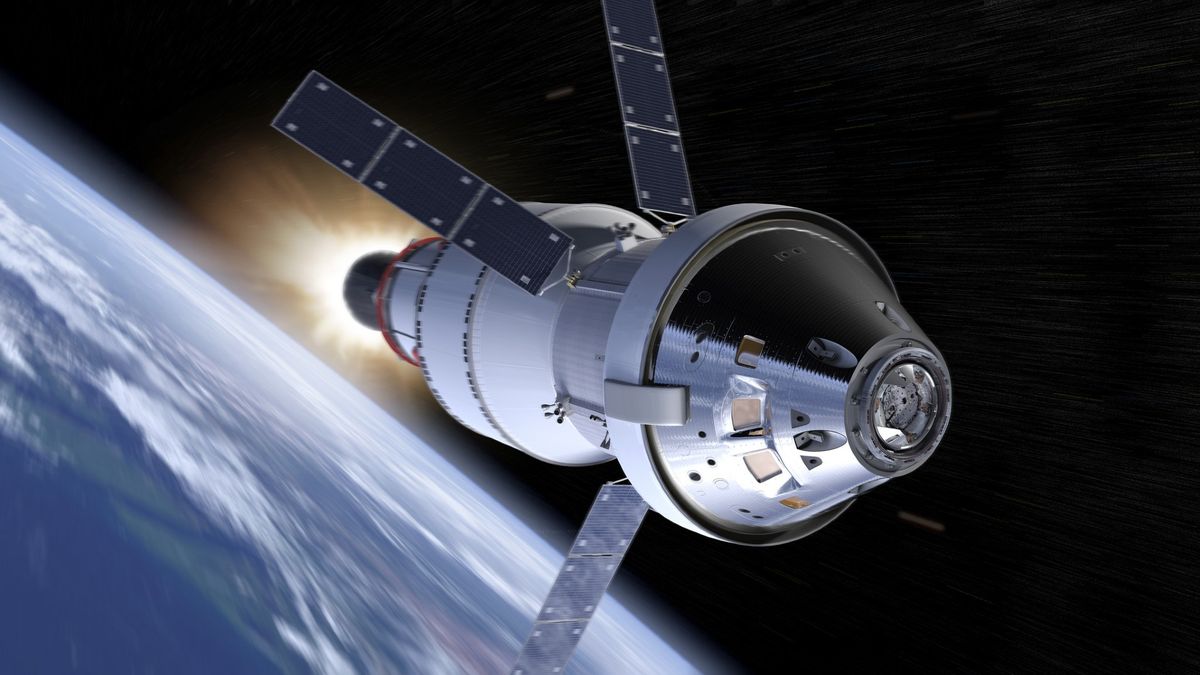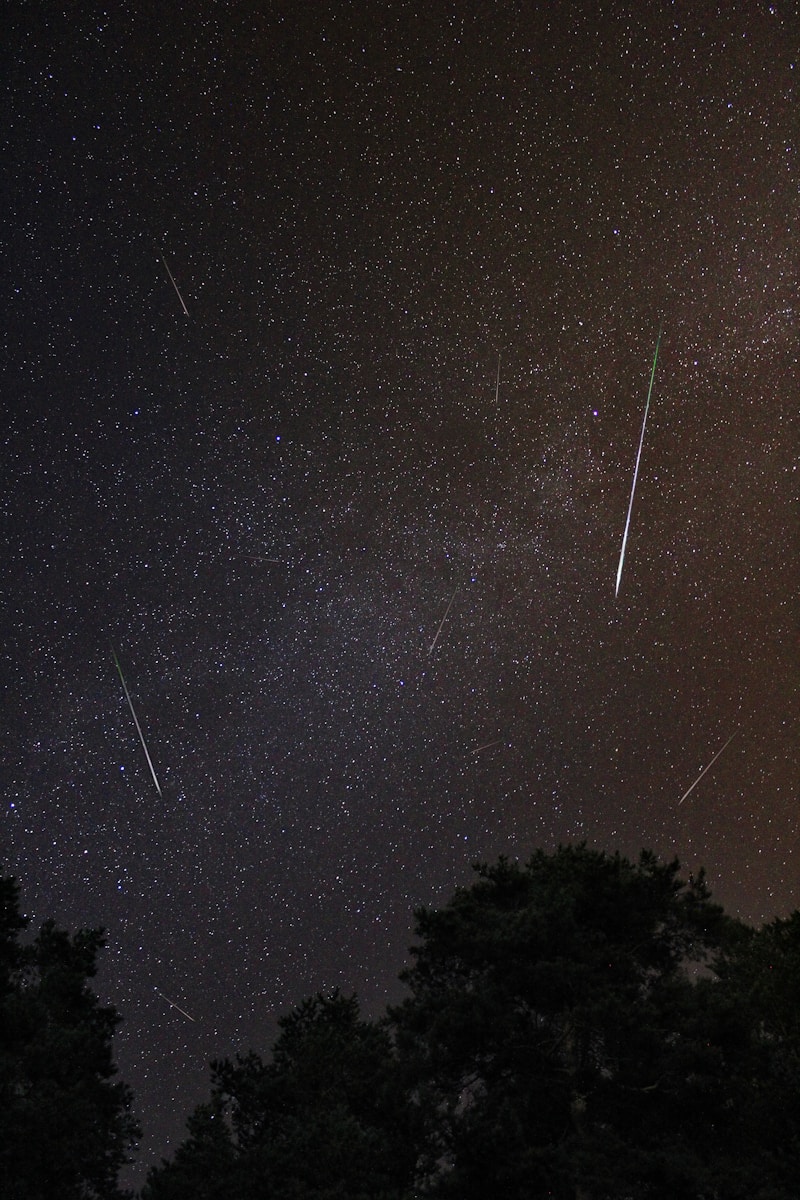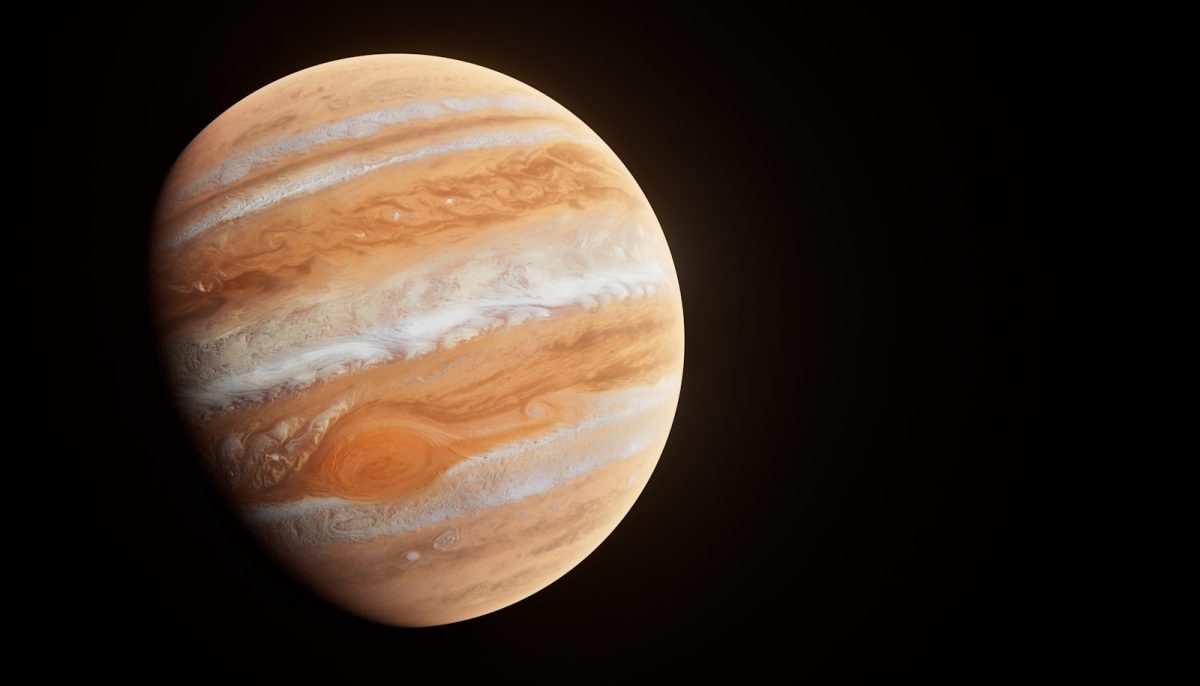What is the Juno mission?
The purpose of the Juno mission, proposed in 2003 and launched in 2011, is to learn more about Jupiter’s origins and how the planet has changed. The Juno spacecraft arrived at Jupiter in 2016, and since then, has collected over 3 terabits of pictures and data. Juno’s main discovery was teaching us that Jupiter has an atmospheric weather layer that extends far beyond its water clouds and a deep interior core.
Jupiter’s largest moon-Ganymede
Ganymede, Jupiter’s largest moon, is composed of silicate rock and water, with an iron-rich core. Ganymede is larger than Mercury, but has a smaller gravitational pull. This specific moon was discovered by Galileo Galilei in 1610, but a mission was only launched much later, on March 2, 1972. The mission/spacecraft was named Pioneer 10. A special fact about Ganymede is that it is the only moon known to have a magnetic field. It was discovered by the Galileo spacecraft in 1996. Ganymede even has an underground ocean that may have more water than Earth.
The discovery of salt and organic compounds:
Recently, in 2021, the Juno spacecraft which taught us a lot about Jupiter, just discovered salt and organic compounds on Ganymede.
“We found the greatest abundance of salts and organics in the dark and bright terrains at latitudes protected by the magnetic field,” said Scott Bolton, Juno’s principal investigator.
Although dangerous, some scientists believe Ganymede possible to hold human life. Another possibility is that there are living organism on Ganymede, due to the salt oceans and silicate rock.
Related Action:
https://www.jpl.nasa.gov/missions/juno
https://science.nasa.gov/jupiter/
Take Action:
